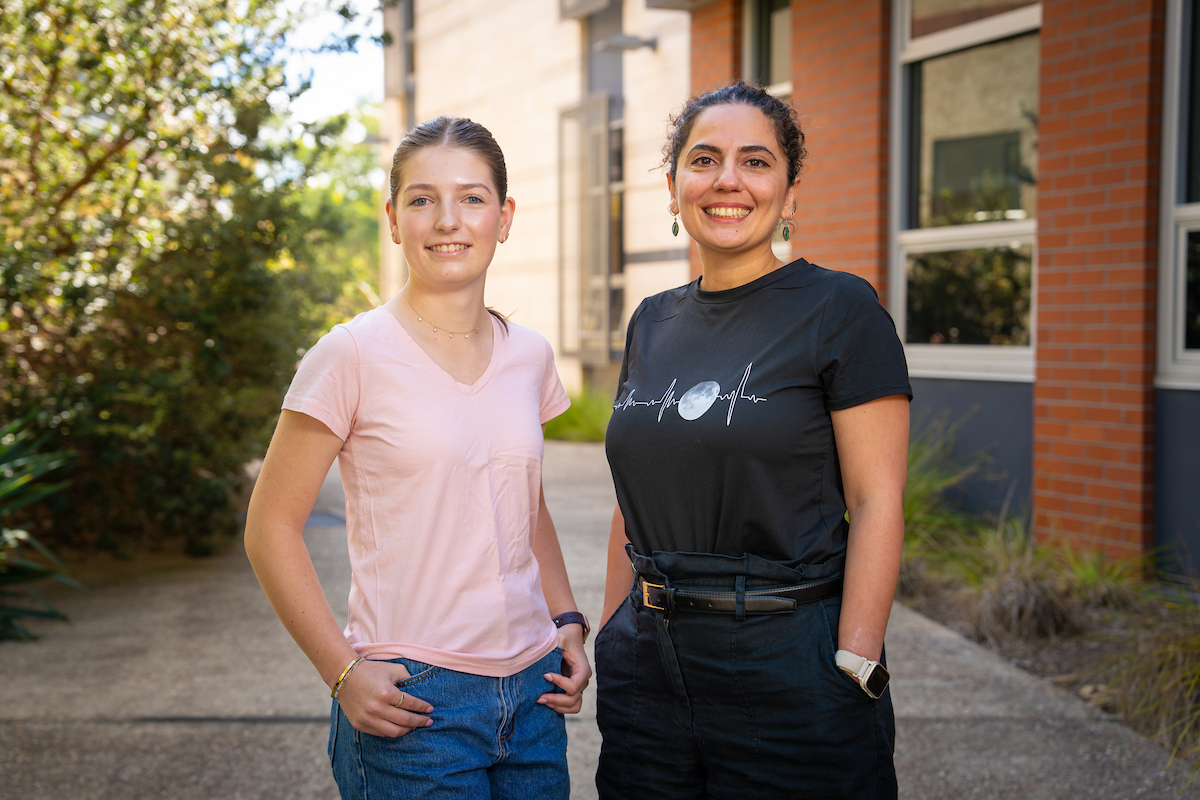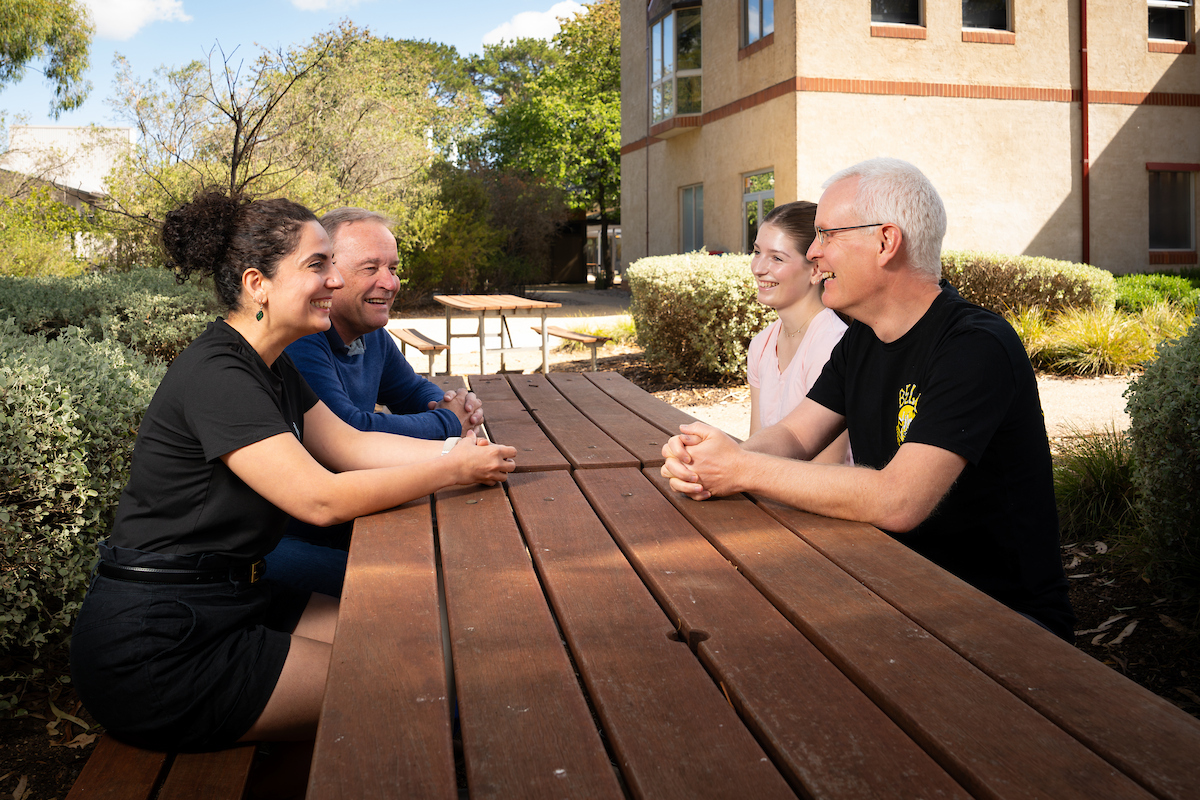A story of seismic inspiration

Earlier this year, Jasmine Zollinger was on a field trip in Japan with a group of Australian National University students when she heard a voice that sounded familiar to her.
The voice belonged to Dr Sima Mousavi, a seismologist from the ANU Research School of Earth Sciences who was one of the presenters on the trip.
Then it clicked for Jasmine.
This was the same person who had, seven years ago, ignited Jasmine’s passion for Earth sciences – the very reason she was in Japan on this natural hazards course.
“In year eight, Dr Mousavi came to our school and did a presentation on geophysics and geology,” says Jasmine, who is now in her third year at ANU. “And it was really insightful.”
Jasmine vividly remembers the whole class jumping and stamping their feet in the hope that it could be picked up by a seismometer; they called it a footquake.
She was instantly fascinated.
“It was the start of me going: let's do Earth science.”
Dr Mousavi’s visit to Jasmine’s school was thanks to the Australian Seismometers in Schools Program (AuSIS), which has been organising such visits since 2011. AUSIS is funded by AuScope as part of the Federal Government’s NCRIS program.
Particularly for regional, remote and Indigenous students, the program offers an introduction to seismology, with the goal of encouraging young Australians to study STEM.
And as we just found out – it’s clearly working.
As well as inspiring students, the program equips schools with research-grade seismometers which collect real data for use by scientists all over the world.
There have been around three million requests for data from AuSIS seismometers. This tangible connection to real-world science makes it all the more exciting for students.
“Every time there was an earthquake or some minor activity my teacher would let me know because I was very interested in that,” says Jasmine.
“I was on all the apps to see if there was an earthquake, and we'd discuss it to try to understand what was going on.”

Fast forward to 2025, and the AuSIS team are elated to discover that Jasmine is now studying a Bachelor of Environmental Science with ANU, with a special interest in earthquakes, as well as climate change and soil science.
“When it comes down to hearing stories from individuals and the difference these things have made, that's absolutely the payoff,” says Associate Professor David Heslop, who led the New Colombo Plan sponsored Japan field trip and is an integral part of AuSIS.
AuSIS program leader Professor Malcolm Sambridge agrees.
“We hope to have encouraged people to go into any fields of science, but we'll probably not meet them,” Professor Sambridge says. “So, this was very serendipitous.”
For Dr Mousavi, meeting Jasmine has completely validated her outreach work.
“It felt so unexpected and heartwarming,” she says.
“Because as scientists, we spend most of our time working with data and doing research, so meeting a student reminds us how science outreach and communication can change a student's life.”



